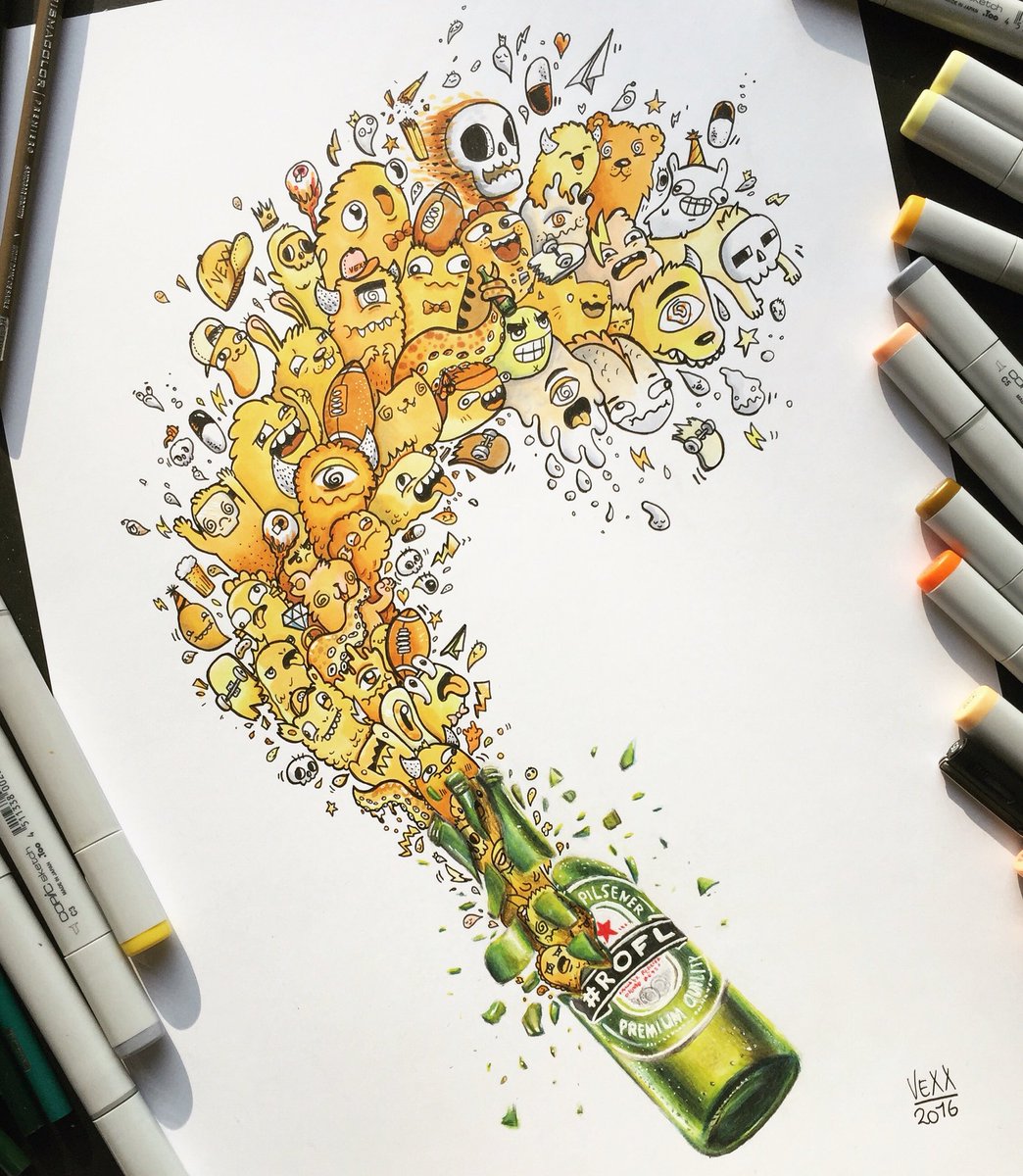


The game fails to make the most of its premise, as there’s only a few cutscenes in the entire game, spread hours apart. From there, his mission becomes one of vengeance, and he’ll need to collect Wraithhearts in order to power the rift gate and locate Dark Yabu. After escaping, Vexx happens upon the Astani War Talons aboard a Shadowraith ship, legendary weapons that’ll give him a fighting chance against Dark Yabu.

Vexx futilely attempts to fight Dark Yabu, only to have his grandfather sacrifice himself so that Vexx can escape.

Vexx starts off on a dark note, with the people of Astara opening a portal to a new world, only to be enslaved by its inhabitants known as Shadowraiths, led by the nefarious Dark Yabu. A Game Boy Advance version of the game was also planned at one point, but was ultimately scrapped for uncertain reasons. The suit mechanic that gives Vexx temporary special abilities was meant to be more substantial and feature more suits beyond just the rock and wing suits that barely get used in the final release. A comprehensive day/night system was planned to echo The Legend of Zelda: A Link to The Past and its light/dark world, but the idea was reduced down to a minor footnote that only comes into play a few times. It was originally intended to take place over 18 levels spread between six different worlds, but the world idea was cut entirely and the final game only has nine levels in total. Much like Vexx himself, the game’s structure also went through noticeable cuts and the aftereffects can certainly be felt as you play. Finally, they decided on Vexx, with the name this time being symbolic of the character’s ability to turn misfortune against his enemies. Jinx was revealed to the world at E3 2001, but the team would later be forced to change their character once again due to legal concerns with the name. The protagonist’s design would change multiple times before the team settled on naming the character Jinx, with the idea being that they would have a penchant for getting into bad situations. The game was originally intended to have two main characters, a rodent named Clip and a reptile named Mischief, but the idea was scrapped out of concern of it being too similar to Jak & Daxter. Development on Vexx began in 1999 and was met with numerous setbacks and challenges, resulting in it not releasing until 2003, just a year before Acclaim would go bankrupt.
#COOLEST VEXX ART SERIES#
Back in 1993, the company found success with one of their first games, Aero the Acro-Bat, but ended up focusing on sports titles and the Turok series afterwards. If you can push past the unappealing aesthetics, you’ll find a solid 3D platformer with remarkable variety in level design and fluid movement options.įor developer Acclaim Studios Austin, Vexx was something of a return to their roots as Iguana Entertainment. Vexx admittedly does fall into some of the traps associated with this trend: it stars a perpetually angry protagonist, has a plot involving slavery, includes a moment where you need to kick a goblin in the groin, and the only woman in the game wears an outfit so skintight that it reveals her nipples. One glance at the game’s ugly box art is enough for most people to associate it with both the bargain bin and the dark, edgy mascot characters that starred in games like Shadow the Hedgehog and Jak II during the early 2000s. They say you shouldn’t judge a book by its cover, and Vexx is proof that idiom also applies to video games.


 0 kommentar(er)
0 kommentar(er)
